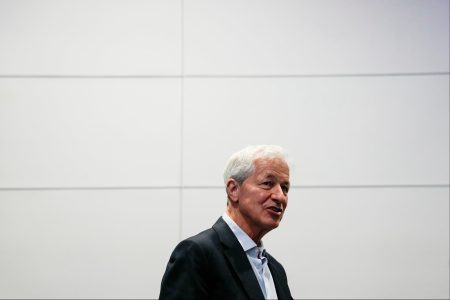© Reuters. FILE PHOTO: A passerby walks past an electric monitor displaying various countries’ stock price index outside a bank in Tokyo, Japan, March 22, 2023. REUTERS/Issei Kato/File Photo
By Samuel Indyk and Ankur Banerjee
LONDON (Reuters) – Global equities fell on Tuesday as weak service sector data rekindled worries over China’s sputtering post-pandemic economy, while Australia’s central bank kept interest rates unchanged, pushing the Australian dollar lower.
European equity indexes opened in the red, with the pan-European benchmark dropping 0.8% and , 40 and 100 all nursing losses of between 0.6%-1.2%.
MSCI’s broadest index of Asia-Pacific shares outside Japan was 1.1% lower, moving away from a three-week high it touched on Monday.
That pushed MSCI’s gauge of stocks across the globe down 0.3%.
A recent rally in China shares, spurred by a spate of government measures to boost the faltering economy, is quickly losing steam. The blue-chip CSI 300 Index fell 0.7%, while Hong Kong’s slid 2.1%, after those markets clocked their best day in over a month on Monday.
The optimism quickly dwindled after a private-sector survey showed on Tuesday that China’s services activity expanded at the slowest pace in eight months in August as weak demand continued to dog the world’s second-largest economy.
“The miss in China’s Caixin services PMI has offset some of the sentiment shift we got yesterday,” said Charu Chanana, market strategist at Saxo in Singapore.
Still, investors are hoping that Beijing’s drip feed of policy stimulus will be enough to stabilise the Chinese economy.
“It feels like China has been tinkering around the edges and they probably need to do something more substantial,” said Dan Boardman-Weston, CEO and CIO at BRI Wealth Management.
“They clearly want to sort out the property sector and make sure moral hazard doesn’t encroach into the system, but I have been surprised by how seemingly weak the policy easing has been thus far.”
In a rare bit of good news for the crisis-hit Chinese property sector, a person close to Country Garden told Reuters the company has made interest payments on two U.S. dollar bonds just as a grace period was due to end on Tuesday.
The Australian dollar shed 1.4% to $0.6374, its biggest daily drop in a month, after the country’s central bank held rates at 4.10% and said recent data were consistent with inflation returning to the 2% to 3% target range in late 2025.
The RBA, chaired by outgoing Governor Philip Lowe, reiterated that some further tightening may still be needed to curb inflation. Lowe will hand over to his deputy Michele Bullock on Sept. 18.
“The key final paragraph was essentially unchanged, with a hawkish bias intact, but clearly no desire to act upon this bias unless forced by the data to do so,” RBC capital markets chief economist Su-Lin Ong said in a note.
U.S. markets were closed on Monday for a holiday, leading to light trading volumes. While the economic calendar in the region is bare, several Federal Reserve officials are due to speak during the week.
Data on Friday showed U.S. job growth picked up in August, but the unemployment rate jumped to 3.8%, while wage gains moderated. The slight cracks in the labour market bolstered expectations that the Fed is likely done hiking rates.
Markets are pricing in a 93% chance of the Fed keeping rates unchanged later this month, CME’s FedWatch tool showed, and around a 60% chance of no more hikes this year.
Markets are also now leaning against a hike at the European Central Bank’s September meeting after a run of soft data, the latest evidence being a faster decline in euro zone business activity than initially thought last month.
The euro dropped 0.4% to $1.0750, its lowest level since June, while the Japanese yen weakened 0.3% to 146.8555 per dollar, still at the levels that led to intervention from Japanese authorities last year
This pushed the , which measures the U.S. currency against six rivals, higher by 0.4%.
In commodities, fell 0.2% to $85.40 per barrel and was at $88.38, down 0.7% on the day, although both remain in close proximity to year-to-date highs.[O/R]
“It’ll be interesting to see how rising oil prices start to shape the inflation narrative again,” BRI’s Boardman-Weston said.
“If inflation starts accelerating again, the Fed might need to go higher than we thought.”
Read the full article here









